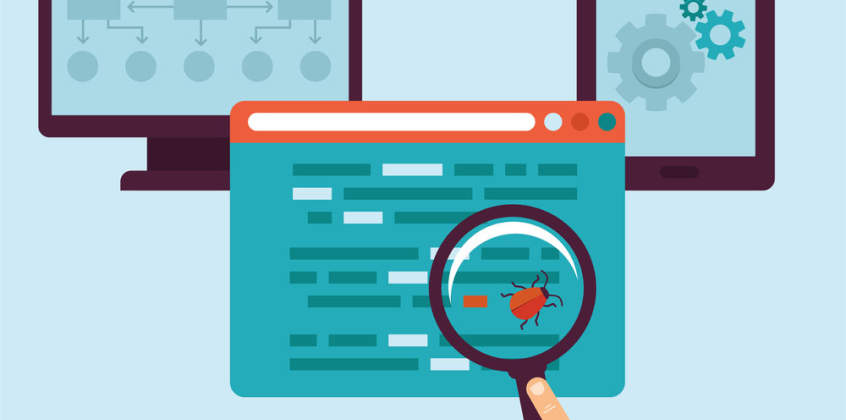
Preparing the Plan
The work and training of testers is primarily about structuring. Immediately identify the steps that, if followed consistently, will give you results. Deciding in which direction to improve skills in the first place, how many hours per day/week will help you perform your tasks much better.
Select a language
It’s not just about programming languages. If your English is poor, this is the first point of the plan. Reading manuals in the original, keeping abreast of world news and understanding why an operator or functional module is called this way and not another, only after mastering English can you choose, say, “Java” or “Python”.
Explore the Kitchen
To master the profession of a tester, you need to have some technical knowledge: you need to understand how a processor processes commands, why you need an operating system, what a database or a web server is. How web application testing differs from website testing, and how to properly register defects – all this will have to be learned.
Use Smart Cards
Smart cards are a tool that makes it easier to work with information. They are also called “mind-maps”. You visually display the information you work with and find unexpected combinations. In the process of learning, intelligent maps allow you to better absorb the material.
Divide Testing into Parts
Any complex process can be divided into components and each of them can be checked separately. For each part, make a scale from normal to complex and go through the entire scale. The result will be more comprehensive, and your understanding of the process will deepen. Start with device orientation, visuals, data management, and gradually move on to the code. Create checklists. They will be useful to unload your brain and not forget anything. Divide testing into different positions: user, technical support specialist, etc.
Collect the Case Database
Keep tables, write down interesting cases and ways to solve problems. The tester will have their own database of cases collected from various sources.
Write Clearly, Confirm Beautifully
There is nothing more reliable than documented test results. Anything from a screenshot to a screen recording can help. The more visual evidence you have, the higher the chances that you will be understood correctly and not asked to rephrase
Master the Debugging Menus and Bug Tracking Systems
The Tester training includes working with the debug menu to facilitate testing. Jira, Redmine, and Bugzilla bug tracking systems help manage and coordinate the process.
Perform stress testing
Create maximum load conditions for the application to understand how it will behave in a stressful situation. You will check in practice how fast the program performs operations, how it recovers, whether it saves data, and under what load it freezes irreparably.
Complete an internship
The tester’s training is continuous: new projects, new developments, new tasks. Books, communities and courses are a good help in development. There is nothing better than constant communication in a professional environment.

Залишити коментар